Can you use neem oil for plants? And how to use this natural pesticide *if* you meet this one important requirement
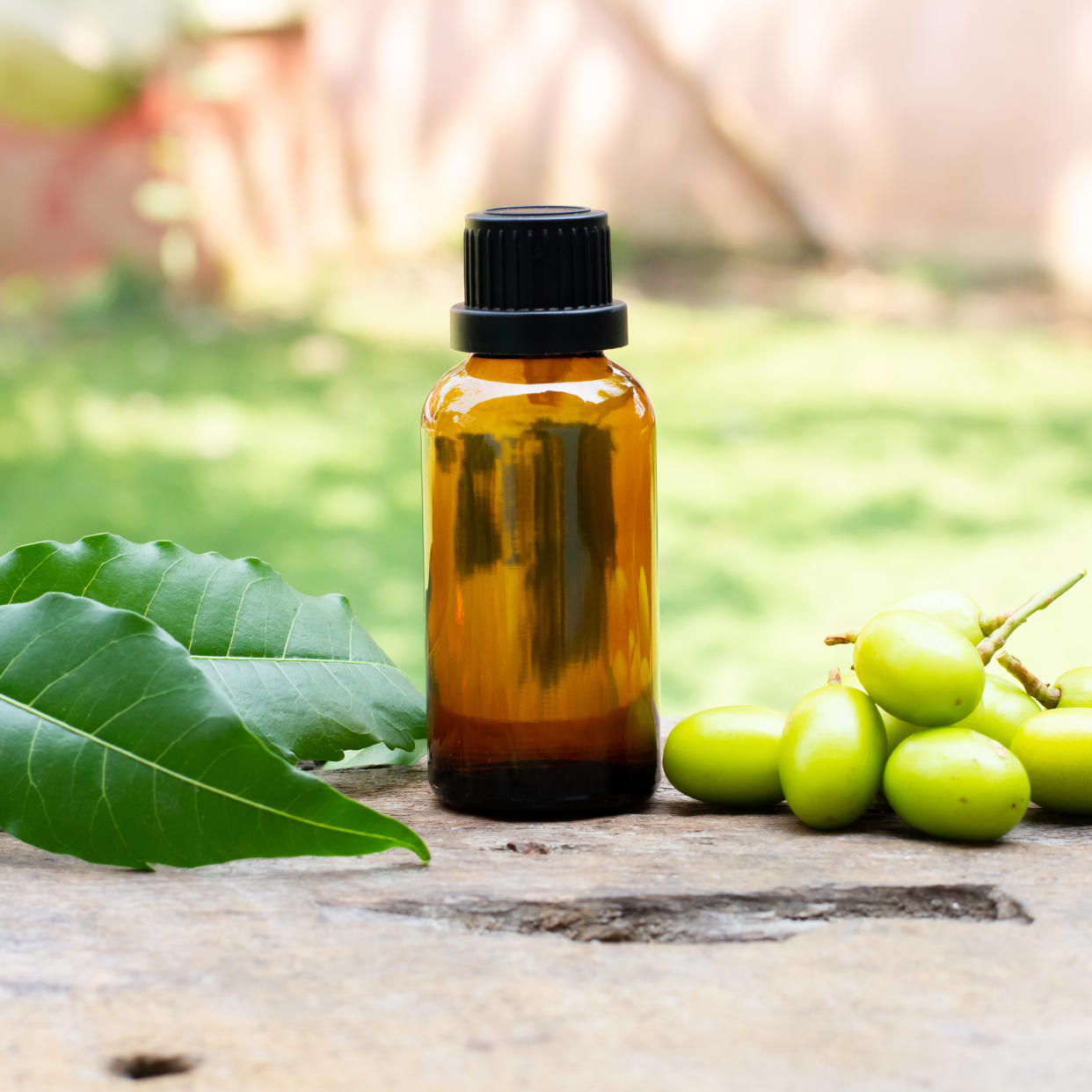
Amongst all the gardening news and hacks we come across, sometimes there are products we've simply never heard of before. So if you're one of the many wondering how to use neem oil for plants or, even simply - what neem oil actually is, then you're not alone.
The oil is a natural pesticide, which usually is something we're all over. After all, we're always looking for ways to get rid of pests like blackfly and glasshouse whitefly without adding unnecessary chemicals.
So let's start at the very beginning... what is it? Neem oil is a completely natural vegetable oil, which is usually made by pressing the seed and fruits of the neem tree, which is native to north-eastern India.
In many parts of the world, neem oil is used as a pesticide in the garden, because the active ingredient within it – azadirachtin – is effective at disrupting the lifecycle of an assortment of pests.
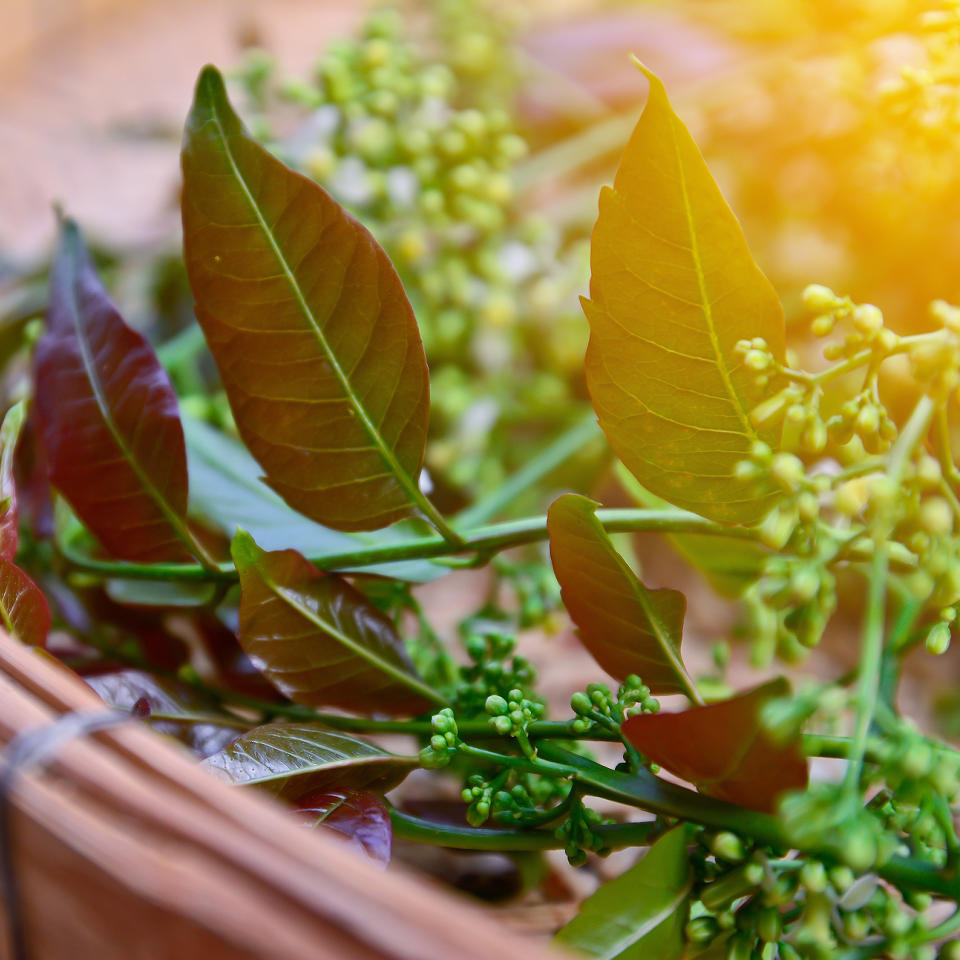
What is neem oil?
‘Neem oil has been used for hundreds of years to help to control pests and diseases, and is used in many products currently, including cosmetics, pet shampoos, soaps and toothpaste,' explains gardening expert and director at Two Wests, Lucie Bradley.
‘The main component of neem oil is azadirachtin, and it is this which helps to control leaf-sucking and chewing pests,’ Lucie says. ‘It not only acts as a repellent to insects, but it also reduces their feeding and interferes with their hormones making it harder for insects to grow and lay eggs.’
In many places across the world, neem oil is considered to be a fantastic pesticide option. However, before you consider using it, it’s important to note that technically in the UK, it is unlawful for plant protection products to market products that contain azadirachtin, which of course is the active ingredient of neem oil.
In the UK then, it is technically not permitted to use neem oil as a pesticide; although there are many neem oil products on sale in the skincare and body care markets in the country. So this is essential to keep in mind if you are based in the UK – as here, neem oil does not appear to be an option to use as a pesticide legally.
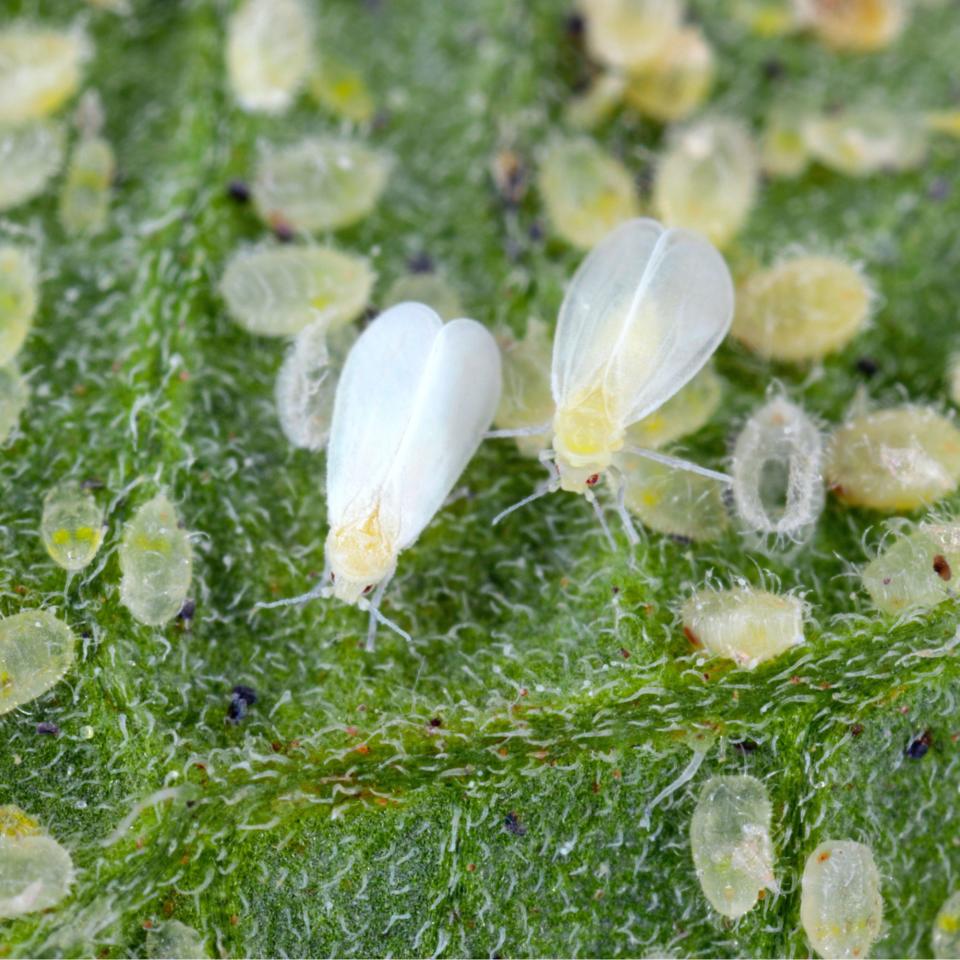
'Yellow to brown in colour, neem oil has a bitter taste and a garlicky/sulphur smell.’ Since we know how garlic spray can be made to repel slugs and snails, this makes sense why it would be effective at dealing with pests.
Despite its effectiveness as a pesticide, neem oil doesn’t pose any health risks to humans or animals, unless used inappropriately – for example, if it is ingested. It is largely only dangerous to the insects that can sometimes seem intent on ruining our garden plants.
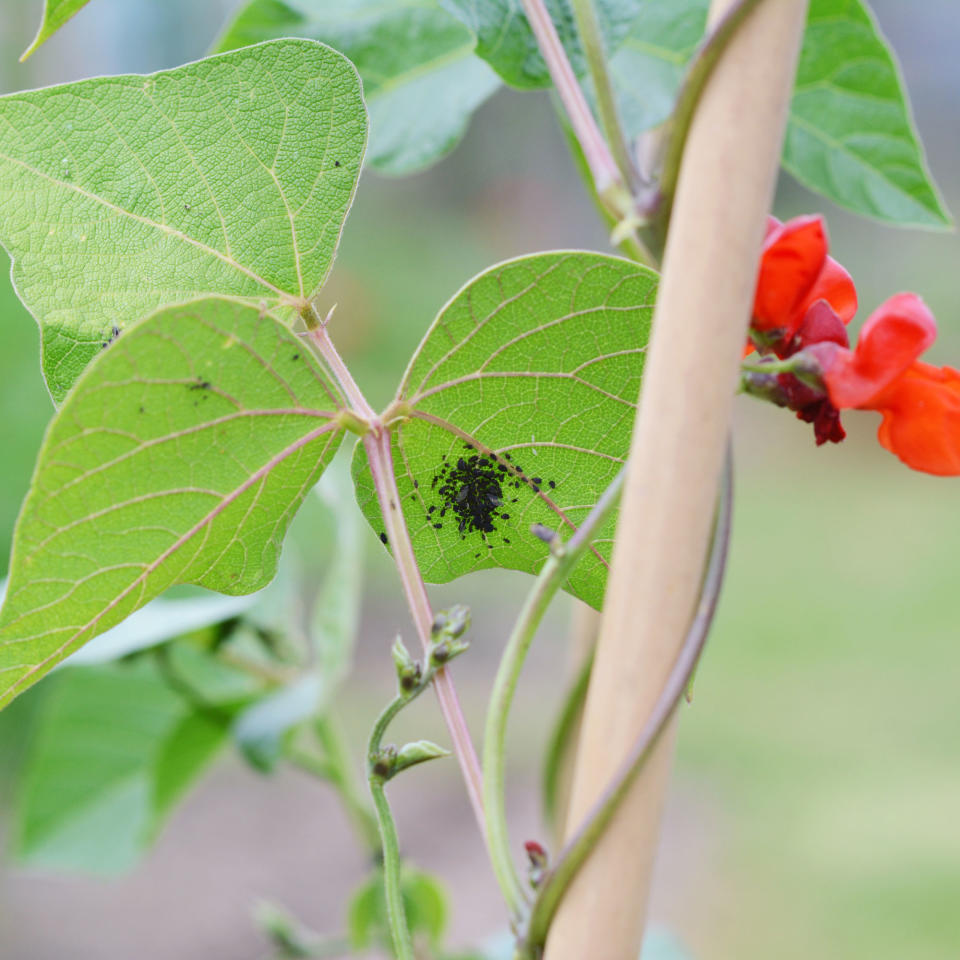
But how should it be used in places where it is permitted? As you may suspect, you can’t simply douse your plants with the oil. Instead, experts generally advise diluting it with water, unless a product is deemed ‘ready for use’.
Martin Donnelly, a horticultural expert from LBS Horticulture also notes that, not only can neem oil come in handy as a pesticide, but it can also be effective at treating fungal diseases on plants; to an extent. ‘If you are using neem oil on your plants to combat fungal diseases, it will not completely eliminate the disease, but it can reduce how much it spreads by preventing spores from germinating,’ he says.
How to use neem oil on your plants
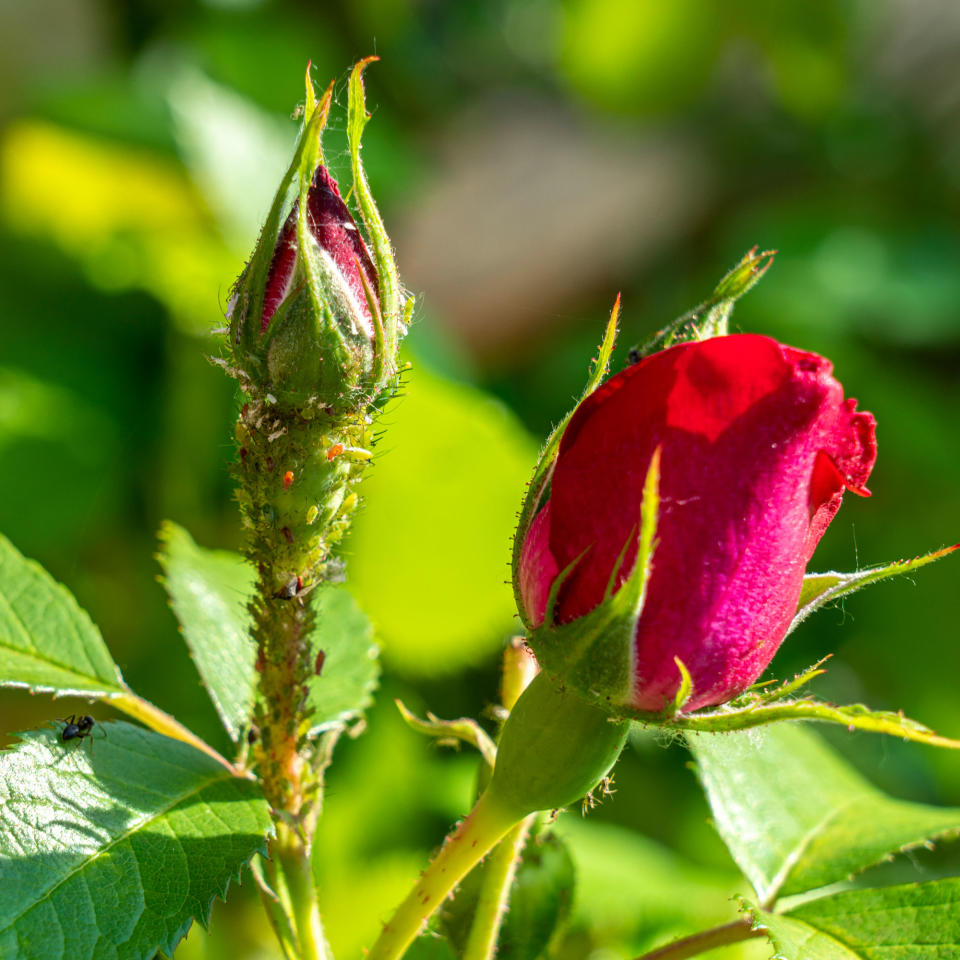
‘Certain products are labelled 'ready for use', and can be applied using a spray bottle,’ Martin says. ‘Other neem oil products are concentrated, and will need to be mixed with other ingredients (often water and dish soap) before they can be used.’
If you need to dilute your solution, experts generally advise using a gallon of water, and adding around a tablespoon of neem oil to it, as well as a teaspoon of dish soap. Swirl it around together in a plastic container, and using a spray nozzle, spray it onto the plants you want to protect from pests.
‘When applying neem oil, begin from the top of the target plant, and spray neem oil over all of its parts, ensuring you also cover the undersides of leaves,’ Martin advises. ‘Check your plant for pests again in three to four days, and reapply the neem oil if they are still present.’
However, he also warns that there is an important caveat to using neem oil for pests. ‘The insects need to be present when you apply neem oil to your plants, in order for it to work,’ he says.
What you need to know about using neem oil

Neem oil can be a convenient and natural pesticide solution, with Lucie explaining that it can be used throughout the year, both inside and outside, if you are experiencing said irritating pests. She says, ‘neem oil is great to use as a natural way to control pests on plants, as it kills the insects no matter what stage of growth they are at – egg, larvae or adult.
‘This means it can be used at any time of the year, even when you are overwintering plants.’
However, there is good reason to be cautious about using neem oil, especially when bearing in mind that its active ingredient is not regulated for use as a pesticide within the UK.
But that’s not all – while it is considered safe for use around humans and animals – it can actually be harmful to pollinating insects. ‘Neem oil will not only kill pests, but it can also kill beneficial insects such as bees and butterflies,’ Martin explains. It is also considered to be highly toxic to fish.
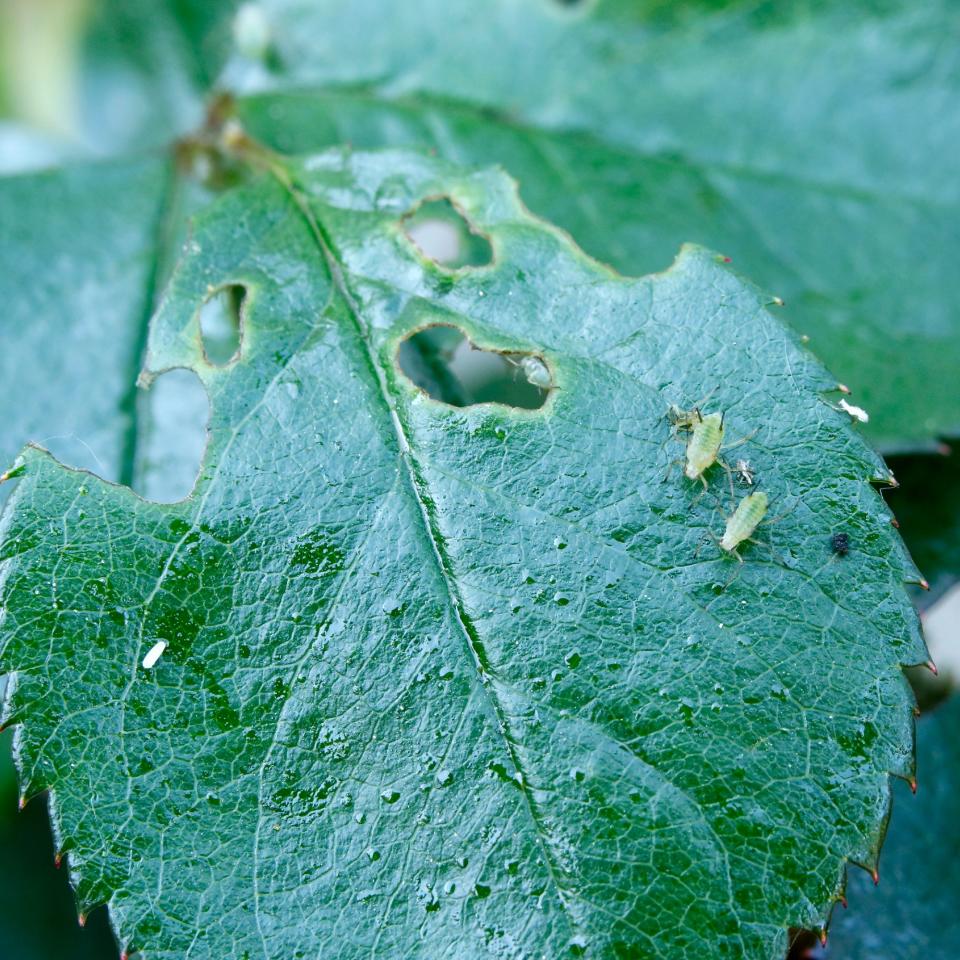
To reduce the risk of harming these kinds of insects, there are some precautions you can take.
‘Use neem oil sprays carefully, and avoid spraying it around water habitats to reduce the risk of it affecting other insects,’ Martin advises. ‘Also, try to apply the neem oil product either early in the morning or late in the evening, as beneficial insects are usually not as active around these times, and therefore are less likely to be harmed.
You should also be wary of the fact that neem oil can – if not used properly – damage young plants or leaves. ‘It is best to avoid using neem oil on younger plants or transplants, as it can burn new growth,’ Martin tells us.
‘You should also be cautious when using neem on plants that have delicate leaves, as it can potentially burn the foliage,’ he continues. Lucie adds that, ‘this also means that it is best not to use neem oil on plants with delicate or wispy leaves such as lettuce, peas or spinach, and is not good for use on herbs such as basil, cilantro, dill, parsley or thyme.’
There are ways to mitigate the risk of burning when using neem oil, however. ‘Even on plants with less delicate leaves, another benefit of applying the oil early in the morning or late in the evening, is that it will help reduce the chances of leaf damage, as heat or bright light can cause the neem oil to burn the leaf tissue,’ Martin says.
Other pest solutions
If you live in the UK and can't use neem oil on pests thanks to being unable to use products (even natural ones) which contain azadirachtin, here are some other organic options to try...
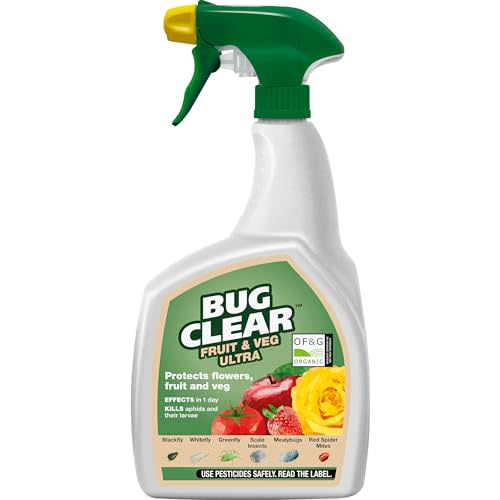
Bug Clear Ultra Fruit and Veg Plant Protection
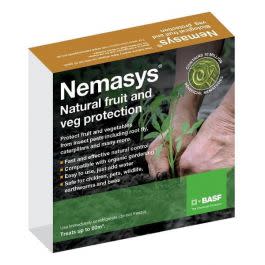
Natural Fruit and Vegetable Nematodes
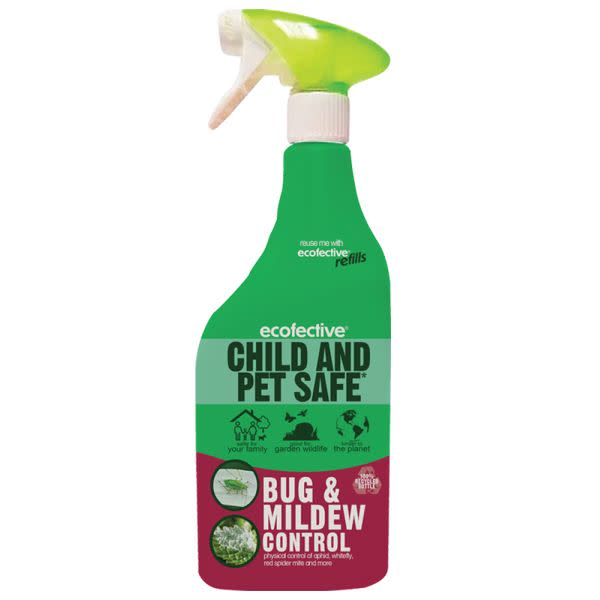
Pesticide Free Bug & Mildew Control Spray


